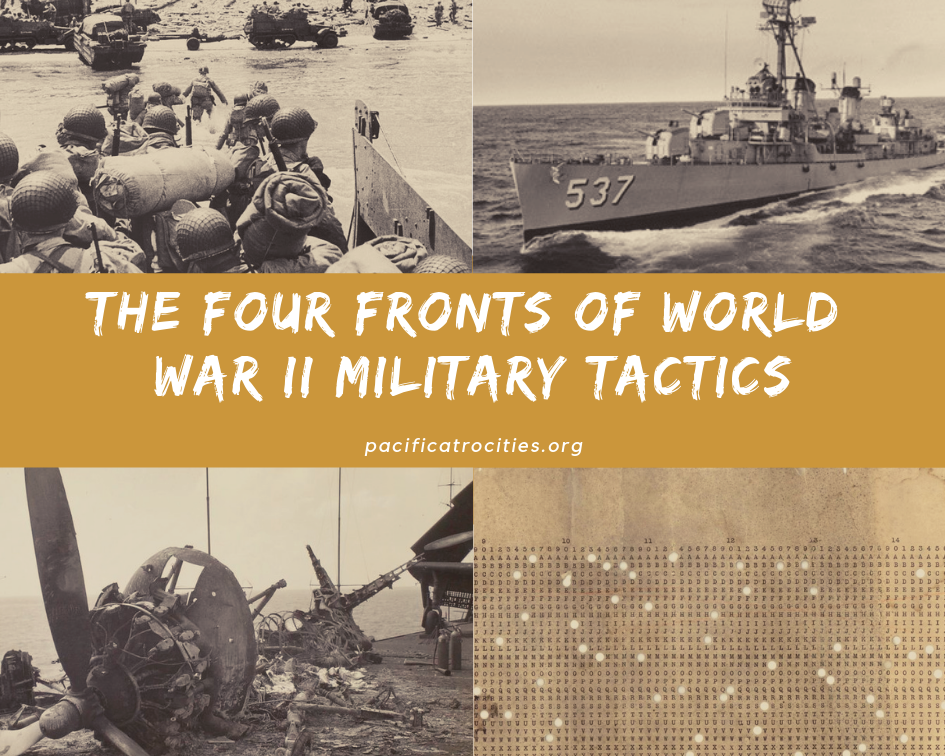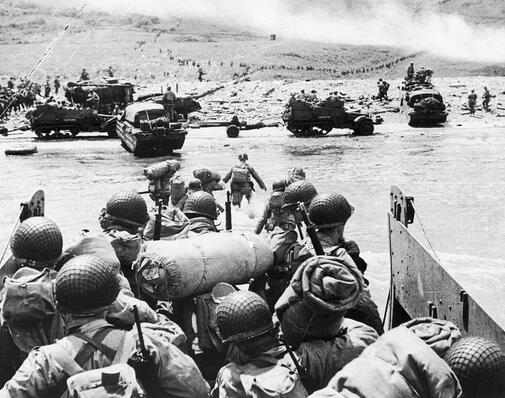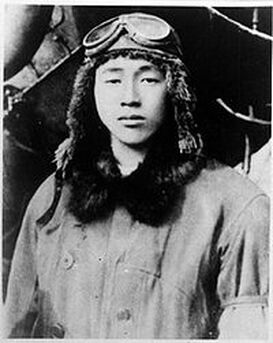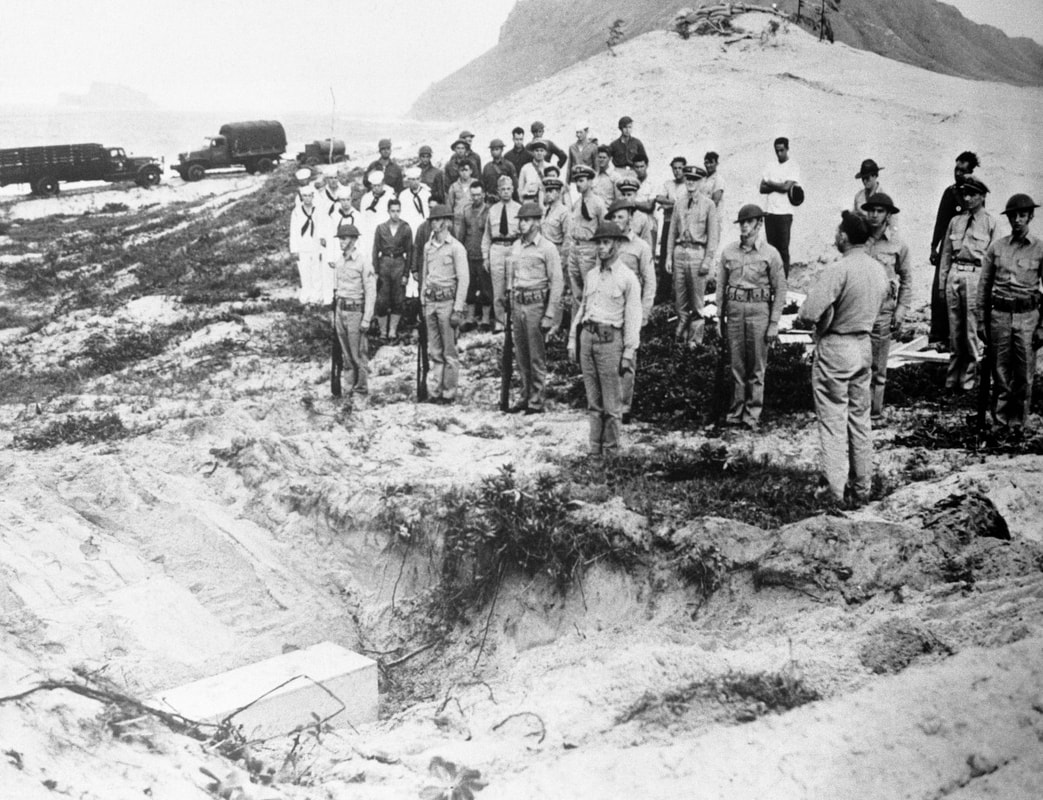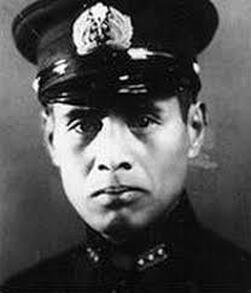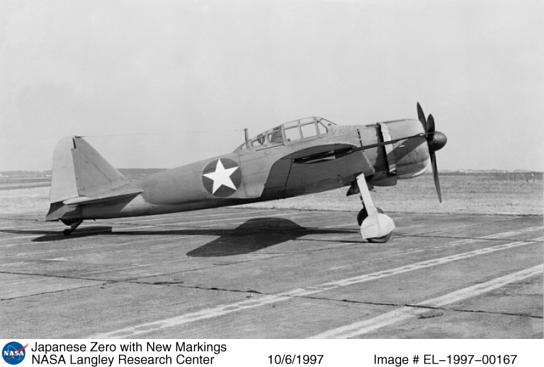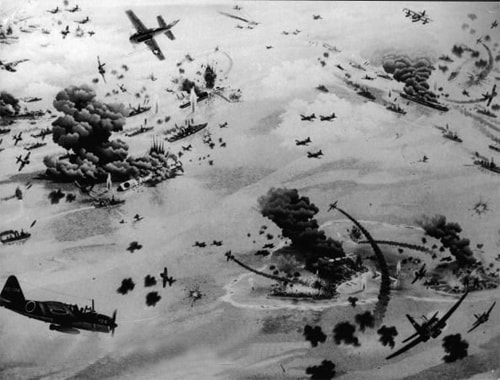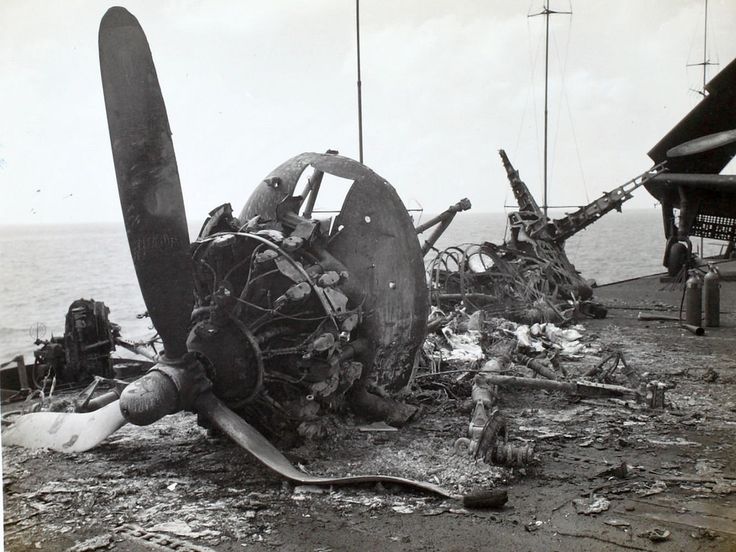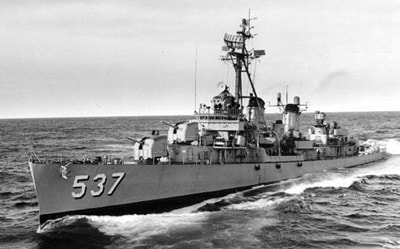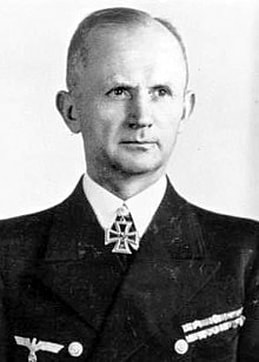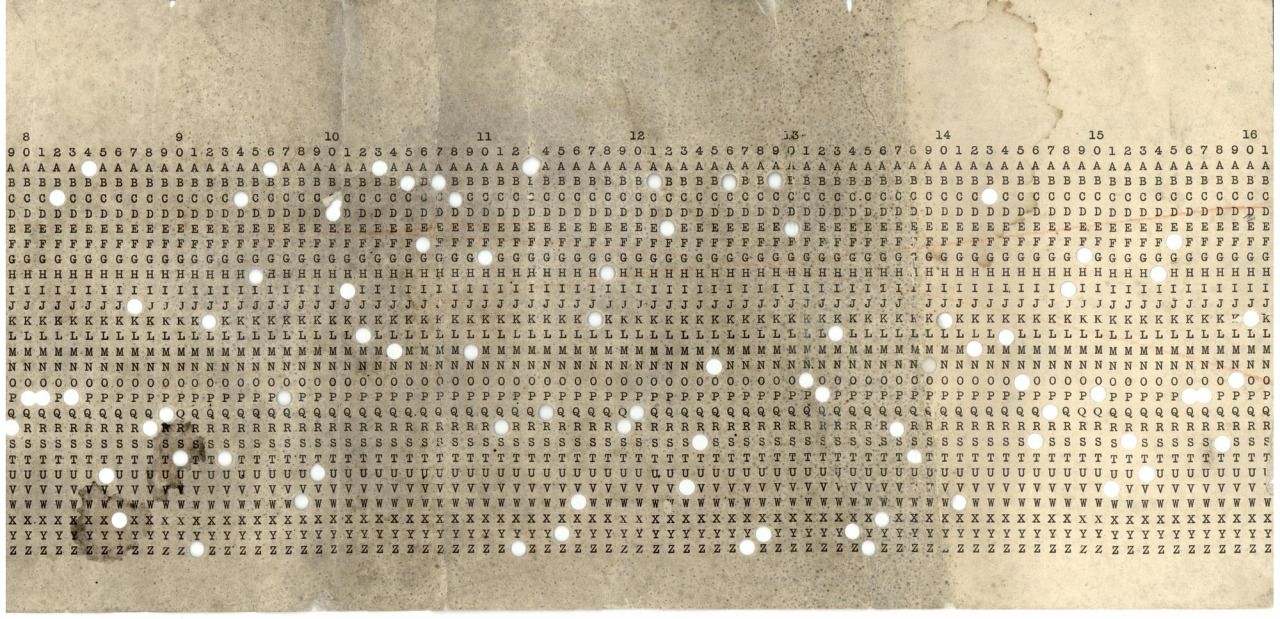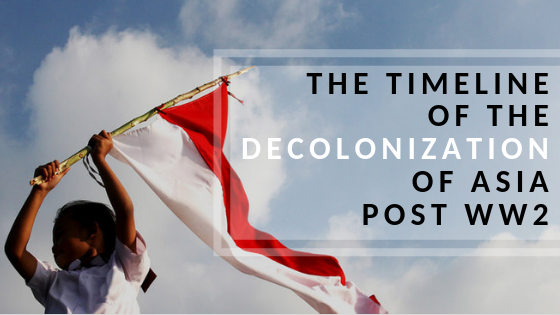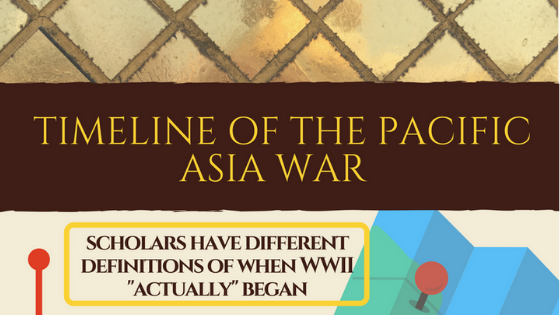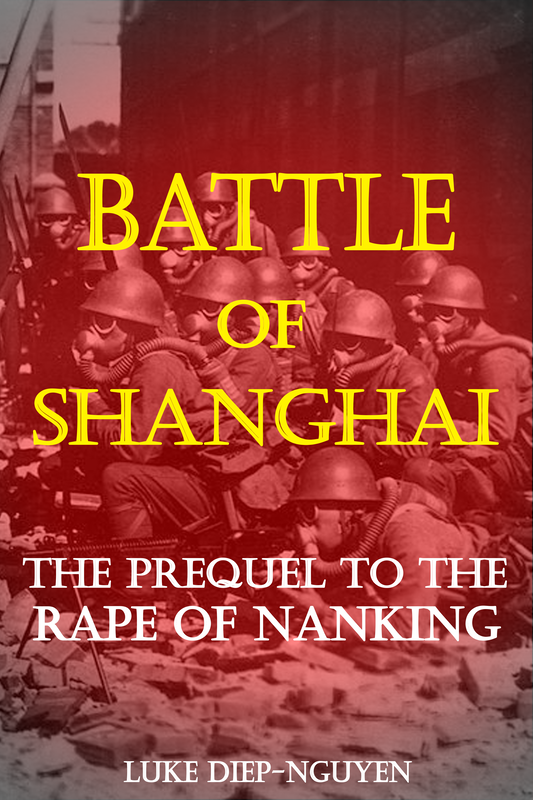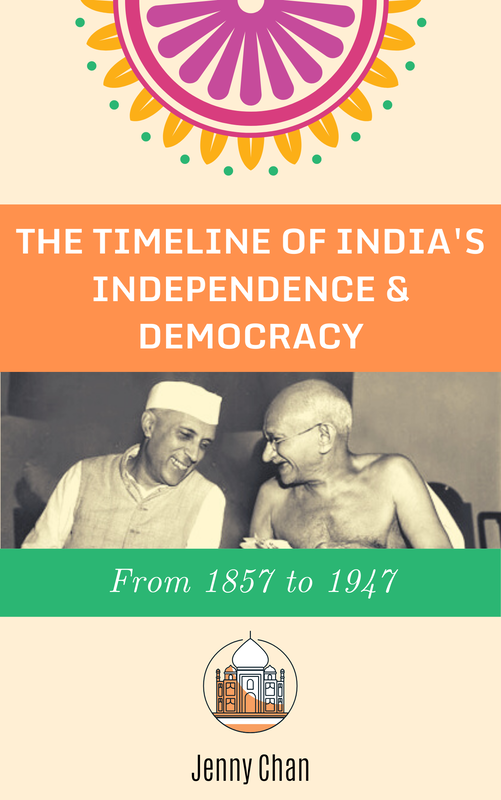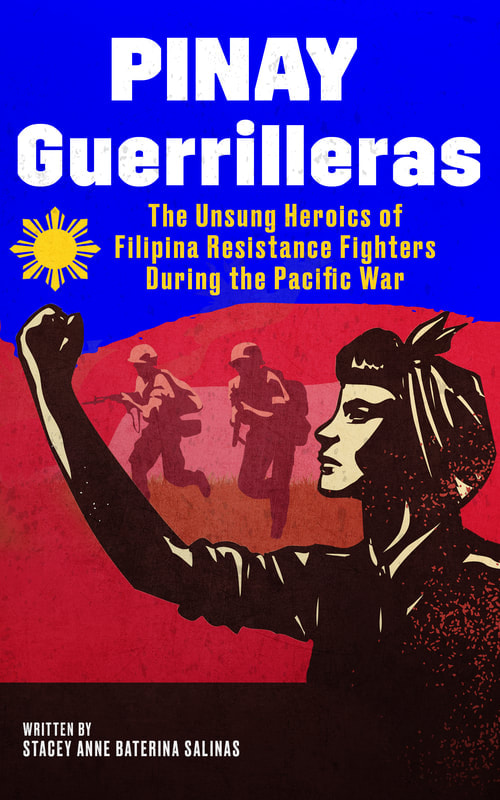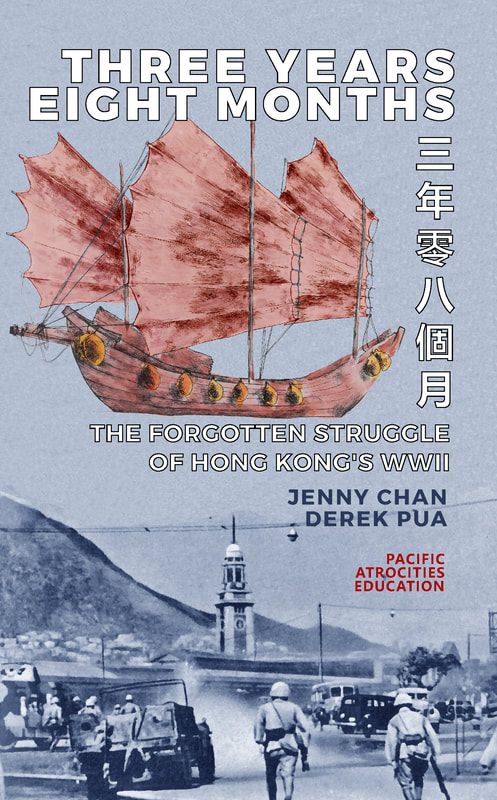|
by Nickii Wantakan Arcado
By the time of WW2, war strategies were a lot more complicated than the end of World War 1. In World War 1, much of the war was fought using trench warfare. However, during World War 2, soldiers were engaged in different styles of war including land, air, naval, and mathematics.
The Land Battle: Blitzkrieg
Meaning ‘lightning war’ in German, Blitzkrieg was a military tactic used by the Nazis in World War II. Rooted in the concept of speed and surprise, Blitzkrieg is a coordinated, maneuver-focused military tactic in which the objective was to break enemy lines as quickly as possible through a dense concentration of armored vehicles, air strikes, and then eventually the infiltration of ground troops. The tactic can be broken down to a 3 step process; first armored and motorized vehicles break through the opponent’s line of defense via swift, short, yet powerful attacks. Second, relies on the element of surprise via air strike. Finally, ground forces are employed, confusing the enemy and making it more difficult for them to respond to the continuously changing battlefronts. The defeat then ends with the concept of Vernichtungsschlacht (total annihilation), resulting in a unilateral victory. 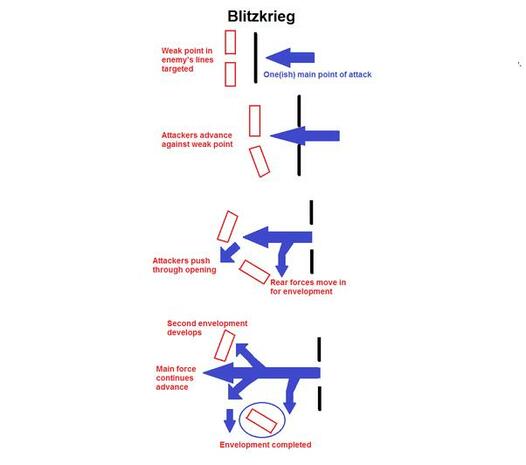
The doctrine of the Blitzkrieg tactic emerged between the dates of 1918 and 1939, in response to the attrition and trench warfare deadlock of World War I. Attrition warfare relied on the strategy of winning war through wearing down the enemy through personnel and material lost, while trench warfare, as the name implies, were fought in dugouts. Alongside attrition warfare was the technological progression of artillery power. Bolt action, breech loading rifles and machine guns were prominent in the war zone, firing 400 rounds per minute at over 2000 yards (compare this with rifles in 1914 that fired 15 rounds per minute). Fighting out in the open was therefore no longer an option, as attackers would be met with thousands of rounds of artillery fire. This scenario later came to be known as “No Man’s Land”. Seeking protection, troops moved underground in trenches, bunkers, and tunnels. Since battles were both fought on a defensive front, this eventually caused a stalemate on the Western Front (along Belgium and northern France). In addition, due to its enclosed nature, trenches became infested with pests including rats and lice causing illnesses within the militia. The trenches were also susceptible to flooding, causing drowning or supply damage. In the end, although the death count increased, no progress was made on either side. Poisonous gas and tanks were ultimately used to break the stalemate, ending the war.
Blitzkrieg was first used by the Germans against Poland in 1939. By 1940, Nazi Germany had successfully employed the tactics in various invasions, including those in France, the Netherlands, and Belgium. By 1941, Germany had defeated France, Denmark, Norway, Luxembourg as well as 380,000 soldiers in the BEF (British Expeditionary Force) that were stationed in France. At the time, Blitzkrieg seemed impossible to defeat.
This changed in 1942 when Germany sought to attack the Red Army on the Eastern front. While blitzkrieg was a brilliant military tactic, the Nazi’s lost to Russia in the war of economic attrition. Russian production in almost every war item, be it tanks, guns, or combat aircraft, far outweighed that of Germany. While Russian production centers continuously supplied their armies with resources needed on the front lines, German forces experienced supply shortages. The quick tactic of blitzkrieg eventually gave way to a supply and logistics system geared for prolonging the war.
The Sky Battle: Kamikaze
A name that translates to “divine wind”, Kamikaze were Japanese aviators who deliberately enacted suicide missions by flying their planes into enemy targets (most commonly, ships). The divine wind was in reference to the Mongol forces who were swept away by a typhoon, thwarting their efforts in invading Japan in 1281. The development of the Kamikaze tactic began with the attack of Pearl Harbor in 1941. Japanese First Lieutenant Fusata Iida’s plane had taken substantial damage and began leaking fuel. As a last resort, Iida decided to turn his aircraft and crash into the Naval Air Station in Kaneohe.
The actual deployment and intentional usage of aviators for the purpose of suicidal missions, however, began in 1944, during the Battle of the Leyte Gulf in the island of Leyte in the Philippines. In response to the failure to stop the U.S. offensive via naval engagements in the Pacific, Japanese Naval Captain Motoharu Okamura suggested the usage of crash-dive attacks to swing the war in Japan’s favor. Twenty-four pilots from Japan’s 201st Navy Air Group volunteered for the expedition, attacking the St. Lo a U.S. escort carrier, killing 100 Americans. The battle became one of the deadliest naval battles in history, with over 5,000 kamikaze pilot casualties and the destruction of 34 ships.
Soon Kamikaze planes were being loaded with extra gasoline tanks and bombs, increasing the deadliness of their crashes. The highest casualty count was in Okinawa, where about 5,000 U.S. Navy men were killed in a single battle. Throughout its course, Kamikaze attacks managed to sink 200 ships and caused over 15,000 casualties during the onslaught of the war.
The U.S. soon developed a strategy to combat Kamikazes: destroyers. These destroyers were stationed around capital ships (either an aircraft carrier or a battleship) and directed their anti-aircraft batteries against oncoming planes when they approached. Another tactic deployed by Allied forces was the usage of pickets. Picket (or radar picket) was a radar quipped-station, ship, or aircraft used in order to increase radar detection range, specifically those from the air. These helped U.S. forces detect Kamikaze planes and quickly shoot them down with destroyers before they were able to crash into U.S. ships.
The Sea Battle: U-Boats
German U-boats (submarines) dominated the seas, possessing the ability to patrol coastlines or attack via wolf pack hunting tactics. Focusing on the latter, Rudeltaktik (wolf pack tactics) was a tactic designed to strike convoy systems of transportation. Convoy systems were initially used by the British during World War I which called for groups of ships to sail side by side under the protection of escort warships. During the time, it prevented attacks from WWI German U-boats, as they could no longer corner isolated ships and would be met with the fire from the accompanying warships.
The wolf pack tactic was created to destroy this defense mechanism. Developed by Admiral Karl Dönitz, wolf packs consisted of 8-20 submarines. The attack against a convoy was delayed until all U-boats were present to perform an organized attack against the enemy. The ‘shadower’ was the leader of the pack, and their main responsibility was to remain out of visible range of the enemy through submerging during the night and re-emerging during the night. When there were enough U-boats to converge with the convoy, the ‘shadower’ would then signal an attack during the night. This tactic was difficult for the Allied forces to respond to, due to the sheer number of submarines, the spontaneous attacks coming from various directions, and the increased technological development of U-boats which made them undetectable and essentially invisible. More than any time during World War II, British forces were closest to defeat when confronted with U-boats in the Atlantic. Over 2,700 ships were sunk by U-boats, equating to roughly 70% of all allied shipping losses in all theatres of war. The cracking of Enigma codes, eventually allowed British forces to pinpoint German U-Boat locations, leading to the defeat of German U-boats and victories within the Atlantic. The Mathematical Battle: Cryptography
There is no doubt that cryptography (the art and study of solving and decrypting secret codes) was essential during the end of World War II. Decoding Japanese and German military and diplomatic communications were of vital importance to the Allied in stopping the territorial gains of the Axis powers and gaining an upper hand in the war.
One of the main cryptographic challenges for the Allied forces was the German Enigma. Similar in shape and form to a typewriter, the Enigma was capable of producing highly encrypted messages through the use of wheels that would scramble typed messages. In order to encrypt the code, the receiving operator would then need to set their Enigma with the same wheel in order to unscramble the message. ‘Codebooks’ were given to Nazi receiving operators, enabling them to enter the correct decryption key when they received a transmission.
As Germany troops were advancing across the Western front swiftly and relentlessly with their Blitzkrieg tactics, it was the mission of the Allied force to intercept and decrypt their intelligence. In 1932, the Cipher Bureau in Poland managed to obtain a German Enigma machine. The Bureau shared this info with both British and French forces in order to come up with code-breaking strategies. One of these strategies included setting up a Code and Cipher School in Bletchley Park, Buckinghamshire in the U.K. Various mathematicians and problem-solving experts were brought in to decrypt military codes used by the Germans. While Polish mathematicians had learned how to read Enigma messages, they soon realized that Nazi forces were beginning to change the cipher system daily. By 1942, German codes became unreadable.
One influential figure that managed to change this tide of war was mathematician Alan Turing. Turing had invented and developed various machines and tactics to intercept Axis intelligence. One of his inventions was the Bombe, an electromechanical device which significantly reduced the work required from code-breakers. Another example was the cryptanalytic process of Banburismus. The Banburismus process utilized sequential conditional probability in inferring the likely setting Nazis coded on their machines. Working in Hut 8, a section within the Code and Cipher School that focused on decrypting Kriegsmarine (Naval) messages, Turing managed to direct Allied naval forces away from U-boats, leading to allied victory in the Battle of the Atlantic in 1945. Cryptography tactics were also used in other areas of the war, including the Soviet Union and parts of Southeast Asia.
The story of Alan Turing is further explored in the movie The Imitation Game. The trailer and synopsis for the movie can be found on our article here.
References:
History.com Editors. “Blitzkrieg.” History.com, A&E Television Networks, 14 Oct. 2009, www.history.com/topics/world-war-ii/blitzkrieg. Frieser, Karl-Heinz (2005). The Blitzkrieg Legend: The 1940 Campaign in the West[Blitzkrieg-legende: der westfeldzug 1940]. trans. J. T. Greenwood. Annapolis: Naval Institute Press. Simha, Rakesh Krishnan. “How Russia Blunted the German Blitzkrieg.” Russia Beyond, Russia Beyond, 12 May 2015, www.rbth.com/blogs/2015/05/12/how_russia_blunted_the_german_blitzkrieg_43057. “How Alan Turing Cracked The Enigma Code.” Imperial War Museums, Imperial War Museums, 2019, www.iwm.org.uk/history/how-alan-turing-cracked-the-enigma-code. Rössler, Eberhard. The U-boat: The evolution and technical history of German submarines. Naval Inst Press, 1981. Related ArticlesRelated Books
57 Comments
2/5/2019 08:27:53 pm
Hello Nicole,
Reply
Joseph mother
1/22/2020 09:12:30 am
This is indeed a bruh moment
Reply
roar
2/7/2023 08:32:26 am
indeed
Reply
shit
5/12/2021 08:39:57 am
give me a cookie
Reply
Joe mama
2/23/2022 02:45:11 pm
Bruh
Reply
pp
3/29/2022 12:43:53 pm
large
Reply
kuntuky fried
4/14/2022 10:23:14 am
yo what is up people
Reply
NeoNigga
5/8/2024 09:12:46 am
kys monkey nignig
Reply
Ligma
4/14/2022 01:06:31 pm
The reason for all these weird comments is because this website was used for a school assignment
Reply
william Metcalf
1/25/2024 09:49:11 am
u spelled it wrong hehe
Nobe
4/14/2022 01:07:05 pm
L
Reply
5/19/2022 09:24:16 am
What an exquisite article! Your post is very helpful right now. Thank you for sharing this informative one.
Reply
ROAR
2/7/2023 08:29:05 am
thats really a bruh moment
Reply
ggez
4/11/2023 06:50:21 am
sas
Reply
bobby456hero
11/10/2022 12:43:00 pm
noice
Reply
freddy denman
11/18/2022 06:10:38 am
it is stupid
Reply
Derek
2/28/2024 01:47:20 am
Ohio sigma rizz livy dunne dropping game on baby gronk. My step wipe fanum taxed my grimace shake
Reply
Edilegnaw
5/20/2024 08:39:19 am
bruhh
Reply
feebada
1/6/2023 07:10:00 am
poop
Reply
Im Bored lol
3/27/2023 09:19:51 am
wow thats carzy bro
Reply
ewan danks is gay
1/18/2024 02:44:53 pm
hit me up ;) at [email protected] looking for a little boy to rock my pants ;)
Reply
Meeeeee
5/15/2024 06:18:18 pm
Ok buddy
Ewan Danks is gay
1/18/2024 02:42:43 pm
my name is Ewan Danks and into men, hit me up at [email protected] if you are into a discord moderator relationship. ;0
Reply
4/5/2024 02:57:04 am
You make it seem so effortless, but I know you must have worked hard on this.
Reply
4/5/2024 03:02:20 am
I went and told all my friends about your article after I read it.
Reply
4/5/2024 03:11:37 am
I just can’t get this part out of my head. Why do you think that is?
Reply
4/5/2024 03:15:25 am
I love this question you asked in the interview. That was so thoughtful.
Reply
4/5/2024 03:15:57 am
The beginning really hooked me. You know how to grab a reader’s attention.
Reply
7/12/2024 11:35:29 pm
Your appreciation means a lot! It's like putting together a puzzle—finding the perfect word is like finding that missing piece that completes the picture of your writing. Keep practicing, and you'll definitely see progress!
Reply
Leave a Reply. |
- Home
- Stories
-
Internship
- Summer 2024 Internship
- Summer 2023 Internship
- Fall 2022 Internship
- Summer 2022 Internship
- Summer 2021 Internship
- Fall 2020- Spring 2021 Internship
- Summer 2020 Internship
- Fall 2019 Internship
- Summer 2019 Internship >
- School Year 2018-2019 Internship
- Summer 2018 Internship >
- Fall 2017 Internship
- Summer 2017 Internship >
- Books
- Archives
-
Resource Page
-
Supplementary Research Guides
>
- Unit 731 - Guide >
-
Philippines' Resistance - Guide
>
- Philippines World War II Timeline
- The Japanese Invasion & Conquest of the Philippines
- Bataan Death March
- Formation of Underground Philippines Resistance
- Supplies of the Guerrilla Fighters
- The Hukbalahap
- Hunter's ROTC
- Marking's Guerrillas
- United States Army Forces in the Philippines of Northern Luzon (USAFIP-NL)
- The Aetas
- Chinese and Filipino-Chinese Nationalist Guerrilla Units
- The Female Faces of the Philippine Guerrillas
- Rising Sun Flag - Guide >
- Pinay Guerrilleras - Guide >
- Fall of Singapore - Guide >
- Three Years and Eight Months - Guide >
- Siamese Sovereignty - Guide >
- The Khabarovsk War Crimes Trial - Guide >
- Unit 731 Cover-up : The Operation Paperclip of the East - Guide >
- Marutas of Unit 731 - Guide >
- Prince Konoe Memoir - Guide >
- Competing Empires in Burma - Guide >
- Battle of Shanghai - Guide >
- Ishi Shiro - Guide >
- Taiwan The Israel of the East - Guide >
- Seeking Justice for Biological Warfare Victims of Unit 731 - Guide >
- Rice and Revolution - Guide >
- Clash of Empires - Guide >
-
Hunger for Power and Self-SufficiencyI - Guide
>
- The Influence of War Rations on Post-War Culinary Transformations
- How World War II Complicated Food Scarcity and Invention
- American Military Innovations
- Government-Sponsored Food Inventions in Europe during World War II
- Feeding the Army: The Adaptation of Japanese Military Cuisine and Its Impact on the Philippines
- Mixed Dishes: Culinary Innovations Driven by Necessity and Food Scarcity
-
Denial A Quick Look of History of Comfort Women and Present Days’ Complication - Guide
>
- The Comfort Women System and the Fight for Recognition
- The Role of Activism and International Pressure
- The Controversy over Japanese History Textbooks
- The Sonyŏsang Statue and the Symbolism of Public Memorials
- Activism and Support from Japanese Citizens
- The Future of Comfort Women Memorials and Education
- Echoes of Empire: The Power of Japanese Propaganda - Guide >
- Lesson Plans >
-
Supplementary Research Guides
>
|
Pacific Atrocities Education
730 Commercial Street San Francisco, CA 94108 415-988-9889 |
Copyright © 2021 Pacific Atrocities Education.
We are a registered 501 (c)(3) charity. |
- Home
- Stories
-
Internship
- Summer 2024 Internship
- Summer 2023 Internship
- Fall 2022 Internship
- Summer 2022 Internship
- Summer 2021 Internship
- Fall 2020- Spring 2021 Internship
- Summer 2020 Internship
- Fall 2019 Internship
- Summer 2019 Internship >
- School Year 2018-2019 Internship
- Summer 2018 Internship >
- Fall 2017 Internship
- Summer 2017 Internship >
- Books
- Archives
-
Resource Page
-
Supplementary Research Guides
>
- Unit 731 - Guide >
-
Philippines' Resistance - Guide
>
- Philippines World War II Timeline
- The Japanese Invasion & Conquest of the Philippines
- Bataan Death March
- Formation of Underground Philippines Resistance
- Supplies of the Guerrilla Fighters
- The Hukbalahap
- Hunter's ROTC
- Marking's Guerrillas
- United States Army Forces in the Philippines of Northern Luzon (USAFIP-NL)
- The Aetas
- Chinese and Filipino-Chinese Nationalist Guerrilla Units
- The Female Faces of the Philippine Guerrillas
- Rising Sun Flag - Guide >
- Pinay Guerrilleras - Guide >
- Fall of Singapore - Guide >
- Three Years and Eight Months - Guide >
- Siamese Sovereignty - Guide >
- The Khabarovsk War Crimes Trial - Guide >
- Unit 731 Cover-up : The Operation Paperclip of the East - Guide >
- Marutas of Unit 731 - Guide >
- Prince Konoe Memoir - Guide >
- Competing Empires in Burma - Guide >
- Battle of Shanghai - Guide >
- Ishi Shiro - Guide >
- Taiwan The Israel of the East - Guide >
- Seeking Justice for Biological Warfare Victims of Unit 731 - Guide >
- Rice and Revolution - Guide >
- Clash of Empires - Guide >
-
Hunger for Power and Self-SufficiencyI - Guide
>
- The Influence of War Rations on Post-War Culinary Transformations
- How World War II Complicated Food Scarcity and Invention
- American Military Innovations
- Government-Sponsored Food Inventions in Europe during World War II
- Feeding the Army: The Adaptation of Japanese Military Cuisine and Its Impact on the Philippines
- Mixed Dishes: Culinary Innovations Driven by Necessity and Food Scarcity
-
Denial A Quick Look of History of Comfort Women and Present Days’ Complication - Guide
>
- The Comfort Women System and the Fight for Recognition
- The Role of Activism and International Pressure
- The Controversy over Japanese History Textbooks
- The Sonyŏsang Statue and the Symbolism of Public Memorials
- Activism and Support from Japanese Citizens
- The Future of Comfort Women Memorials and Education
- Echoes of Empire: The Power of Japanese Propaganda - Guide >
- Lesson Plans >
-
Supplementary Research Guides
>
